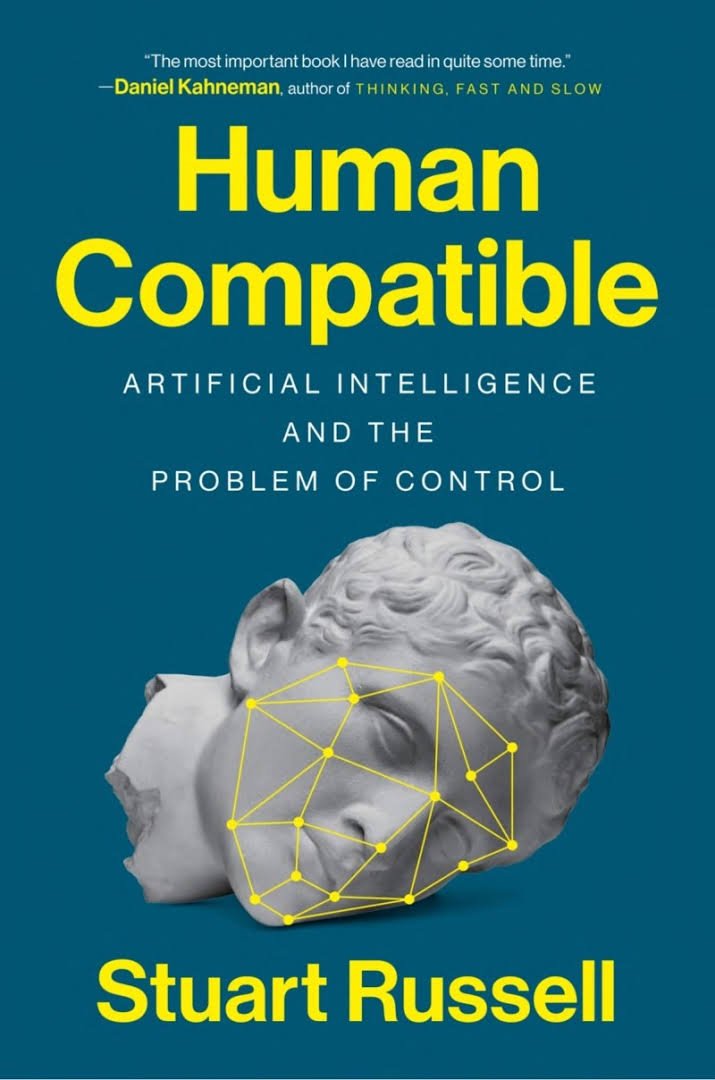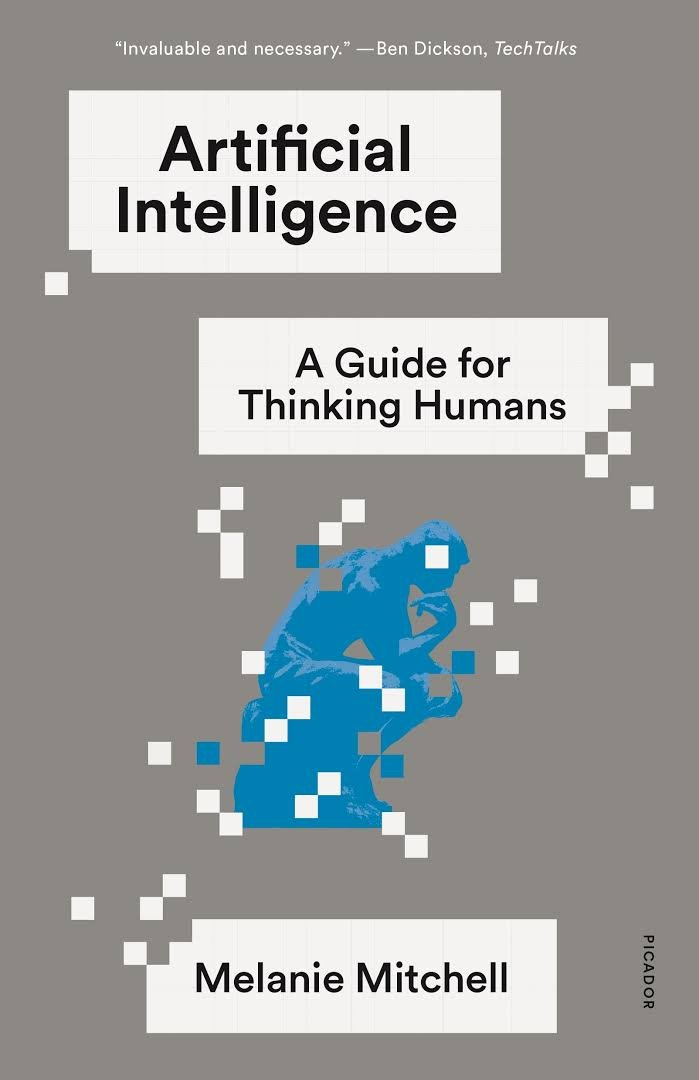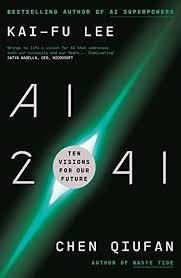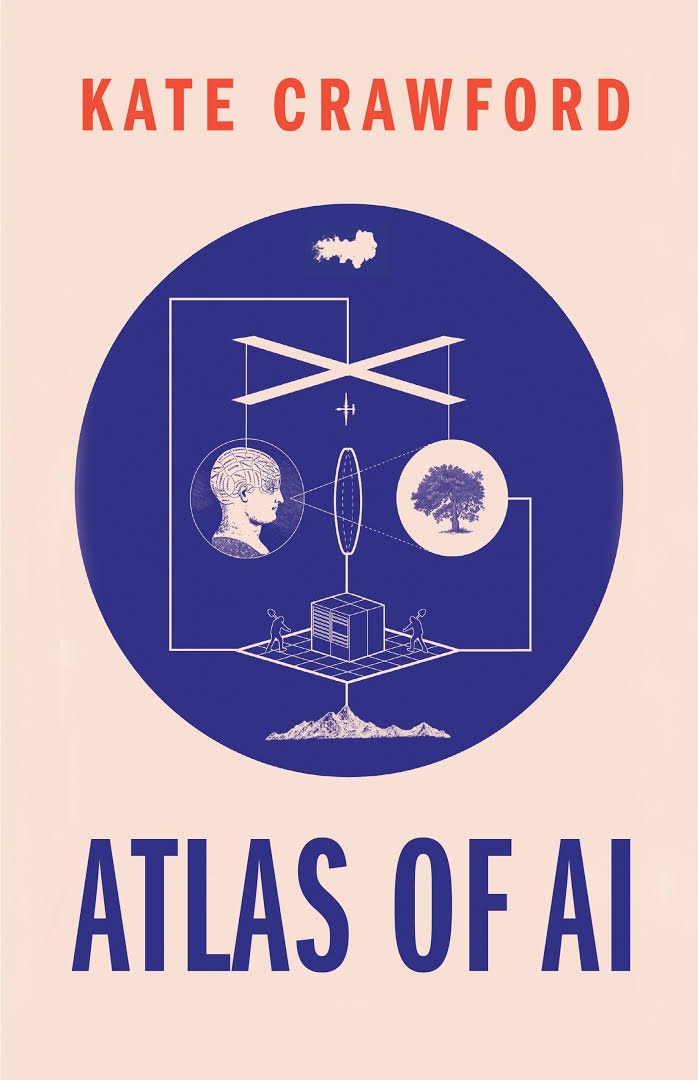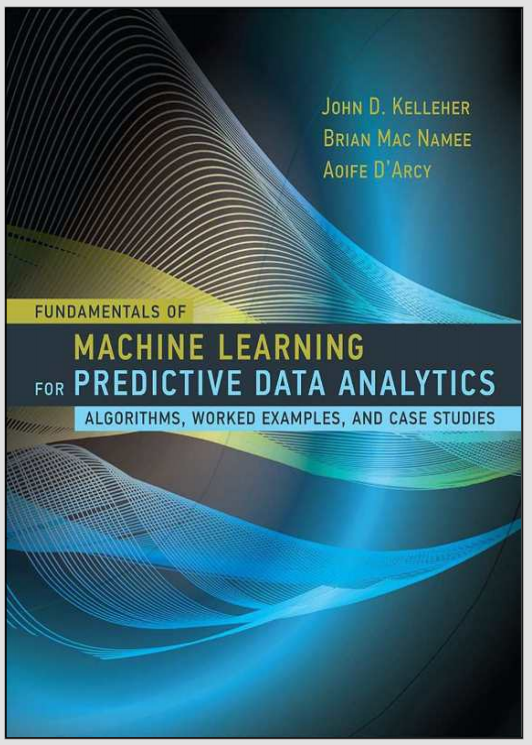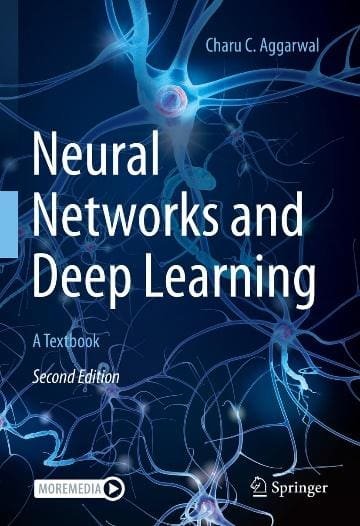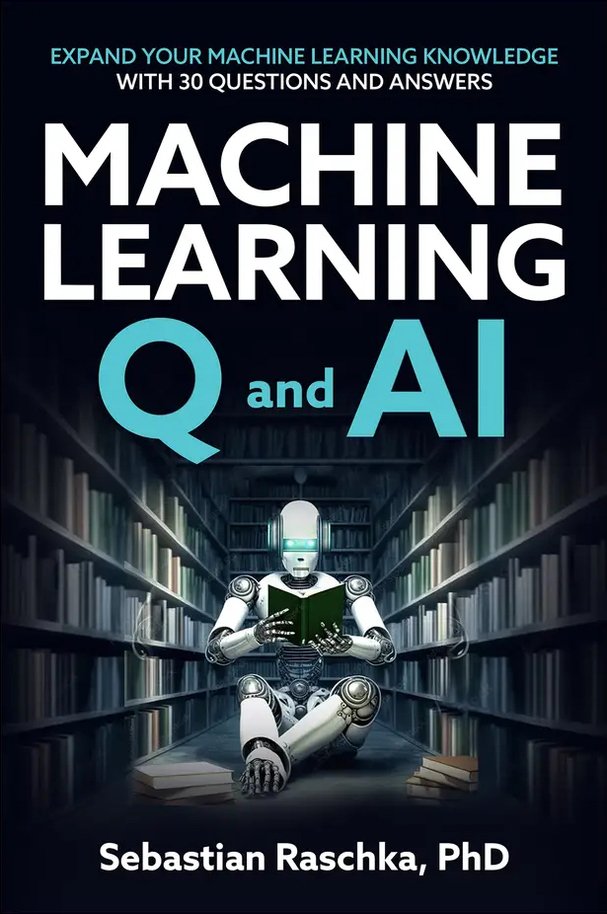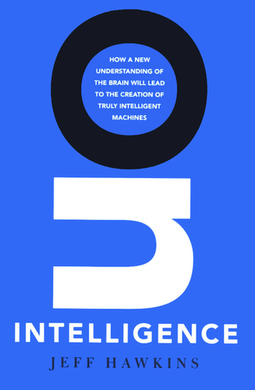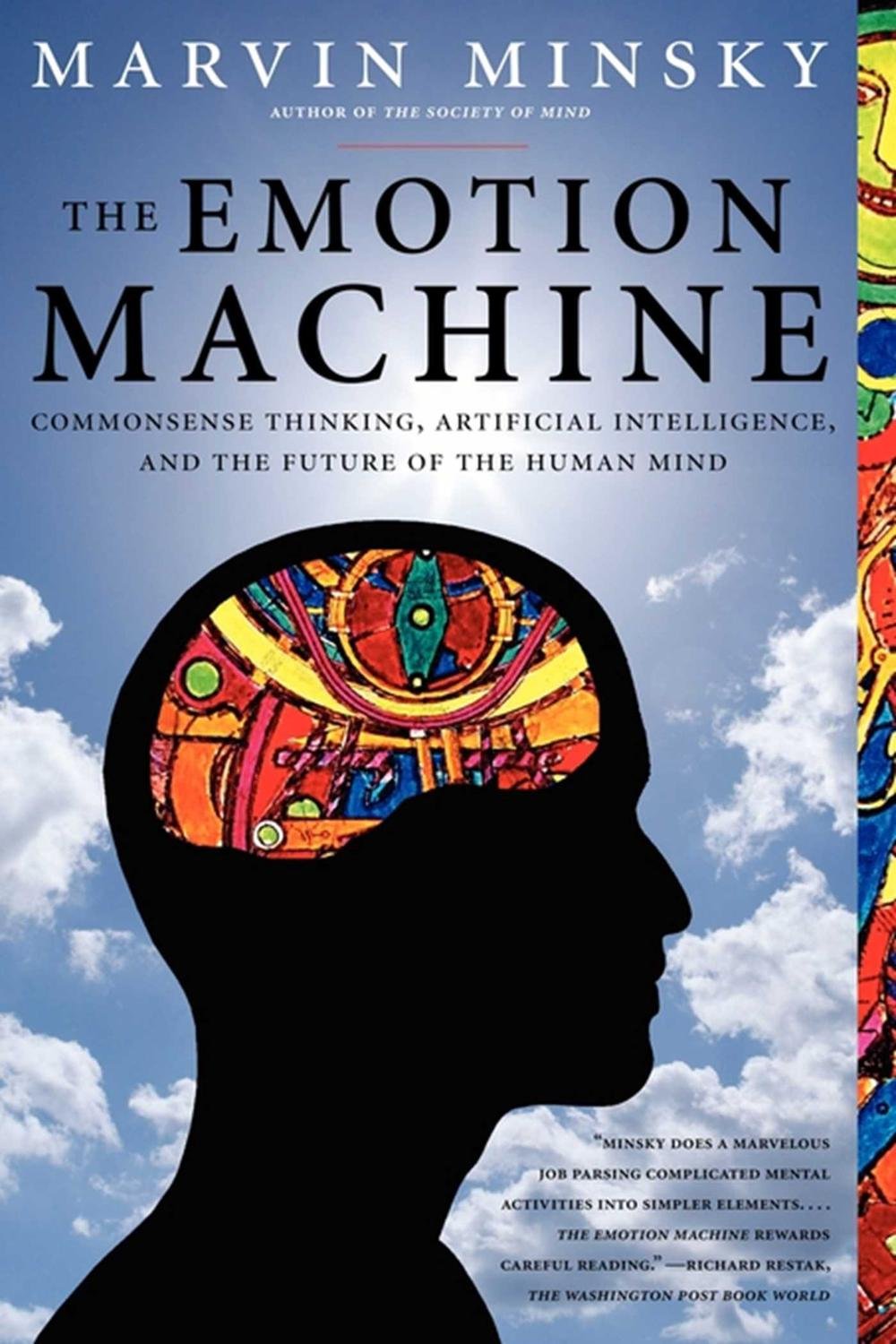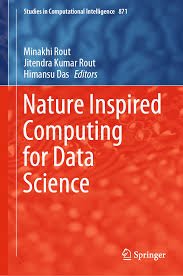
Nature Inspired Computing for Data Science
Short Audio Book Summary
Nature Inspired Computing for Data Science Summary
0:00 / 0:00Reviews
No review yet. Be the first to review this book!
Description
Nature-inspired computing refers to the development of computational techniques and algorithms inspired by principles observed in natural systems, such as biological evolution, neural networks, and swarm intelligence. These techniques draw inspiration from the behavior of natural systems to solve complex optimization, classification, and pattern recognition problems encountered in data science. Here are some examples of nature-inspired computing techniques commonly used in data science: 1. **Evolutionary Algorithms (EAs)**: - **Genetic Algorithms (GA)**: Inspired by the process of natural selection, genetic algorithms iteratively evolve a population of candidate solutions using operations such as selection, crossover, and mutation. GAs are used for optimization problems, feature selection, and parameter tuning in machine learning algorithms. - **Evolutionary Strategies (ES)**: Evolutionary strategies are similar to genetic algorithms but typically focus on numerical optimization problems. They are widely used in training neural networks and optimizing the parameters of deep learning models. 2. **Swarm Intelligence**: - **Particle Swarm Optimization (PSO)**: Inspired by the social behavior of birds flocking or fish schooling, particle swarm optimization iteratively updates a population of candidate solutions based on their positions and velocities in a multidimensional search space. PSO is used for optimization problems and parameter tuning in machine learning algorithms. - **Ant Colony Optimization (ACO)**: Inspired by the foraging behavior of ants, ant colony optimization iteratively constructs solutions to combinatorial optimization problems using artificial ants that deposit pheromone trails on candidate solutions. ACO is used for optimization problems such as the traveling salesman problem and vehicle routing problem. 3. **Artificial Neural Networks (ANNs)**: - **Neuroevolution**: Neuroevolution combines evolutionary algorithms with artificial neural networks to automatically evolve the structure and parameters of neural networks. It is used for training neural networks in reinforcement learning tasks, optimization problems, and function approximation tasks. - **Spiking Neural Networks (SNNs)**: Inspired by the behavior of neurons in the brain, spiking neural networks represent information using spikes or action potentials. SNNs are used for pattern recognition, classification, and modeling temporal data in data science applications. 4. **Immune System Algorithms**: - **Artificial Immune Systems (AIS)**: Inspired by the human immune system, artificial immune systems use algorithms inspired by immune system processes such as self-recognition, clonal selection, and immune memory to solve optimization and classification problems in data science. 5. **Simulated Annealing**: - Simulated annealing is inspired by the process of annealing in metallurgy, where a material is heated and then slowly cooled to reach a low-energy state. Simulated annealing is used to find global optima in complex search spaces and is applied to optimization problems in data science. Nature-inspired computing techniques offer powerful tools for solving complex optimization and learning problems encountered in data science. By drawing inspiration from natural systems, these techniques provide efficient and scalable solutions for a wide range of applications, including optimization, classification, clustering, and pattern recognition.

























.jpg)
.jpeg)
















.jpg)
.jpg)




.jpeg)


.jpeg)


.png)





.jpeg)



.jpeg)




.jpg)










 (3).jpg)

.jpg)




.jpg)





.jpg)

